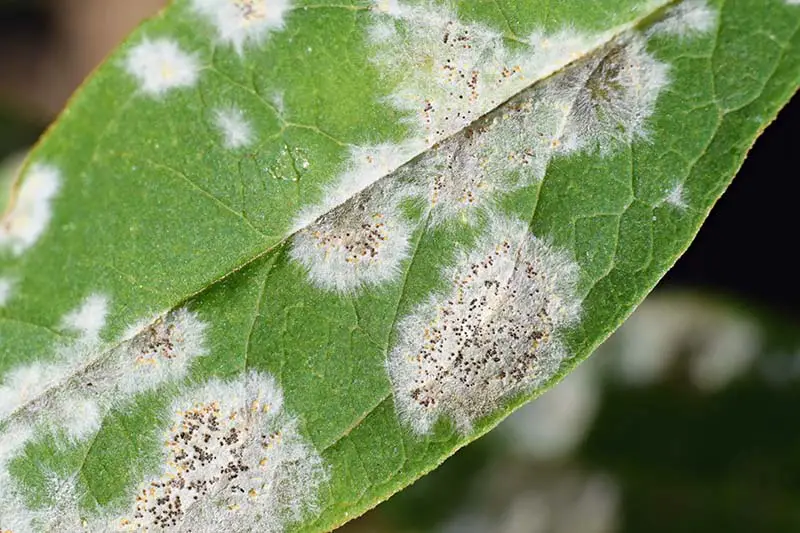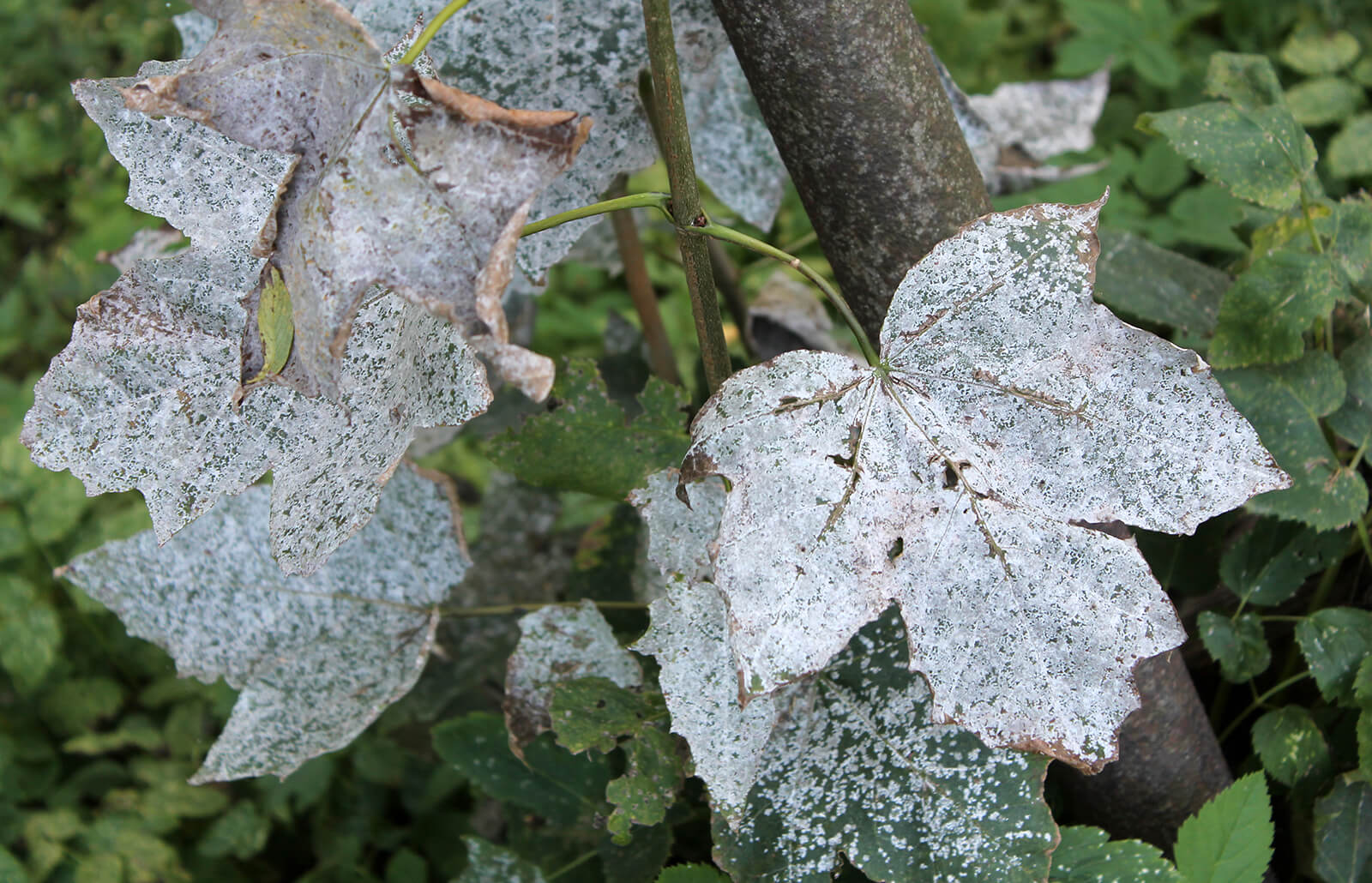Practice good garden culture by selecting disease-resistant cultivars and planting them in sunny locations. Avoid placing mildew-prone plants too close together so as to limit its spread, and regularly treat your plants with sulfur-based fungicide.
Infections are easily identifiable by white or gray powdery spots that appear on leaves and flower buds. Spores survive into winter in mycelial mats on plant parts as well as debris left by infection.
Watering
Powdery mildew begins as a white-gray fungus on plants’ leaves and stems, gradually spreading and suffocating them as it blocks access to sunlight for photosynthesis and nutrients. Over time it spreads either via wind or physical contact until more and more crops become affected and growth is stopped altogether; left untreated it could damage or kill entire fields.
Fungicides can be effective treatment options, but preventative measures are the key to keeping powdery mildew at bay. When temperatures are warm and dry, watering plants regularly keeps their leaf surfaces hydrated and less susceptible to powdery mildew outbreaks. But be careful – overwatering promotes fungal diseases by creating damp environments where fungal spores thrive! To water effectively use either an indirect drip irrigation system that delivers steady moisture directly to roots of the plants or water the soil at the base of plants as this will deliver steady amounts of moisture directly into their roots instead.
An important preventive measure to consider is to regularly weed and clear away debris that might harbor fungal spores, while ensuring adequate air circulation to reduce risk of fungal diseases.
Resilient cultivars of fruits, vegetables and flowers can help prevent powdery mildew. Look for seed or plant descriptions that note mildew-resistant varieties – particularly cucurbits like cucumbers, pumpkins and squash. You may also find resistance in specific annual and perennial flowering plants such as bee balm, black-eyed Susans, delphiniums, hardy geraniums, salvias verbenas and zinnias.
If you suspect powdery mildew infestation, apply a solution of baking soda or milk directly onto affected foliage and stems, or spray with commercial fungicide. Both approaches serve as natural fungicides safe for organic gardening while commercial products work to kill existing spores while helping protect plants against future attacks. However, care must be taken when applying these chemical solutions as too much could burn delicate leaves if applied too frequently; an alternative would be using natural solutions like Neem Oil which provide effective control without adverse side effects such as powdery mildew infestation or plant diseases without harmful side effects; use of Neem Oil is another natural approach that offers effective control without adverse side effects while keeping other diseases at bay without harm
Pruning
As with most diseases and pests, prevention is always preferable to reacting once an outbreak has begun. There are various products on the market designed to contain powdery mildew outbreaks; however, prevention remains the best strategy. Pruning, avoiding overfertilizing with nitrogen fertilizer and maintaining appropriate spacing between plants are effective tools in doing this task; regular cleaning with alcohol, vinegar hydrogen peroxide or dilute bleach solutions is also advised for cleaning tools used in gardening activities.
Powdery mildew fungus and other fungal diseases spread via airborne moisture, wind, insects and splashing water, with its spores dispersed through airborne moisture, wind, insects and splashing water. It thrives in temperate climates with relative high humidity; typically targeting foliage but sometimes also stems, flowers fruit etc as it prevents photosynthesis thus weakening or even killing the plant altogether.
Due to their pervasive nature, powdery mildew spores infiltrate almost every plant on earth; however, certain flowers and vegetables are more prone than others to the condition. Examples include lilacs, flowering crab apple trees, tall garden phlox, bee balm, roses, squash melons etc. Cucurbits (like squash or melons) also often come under attack from powdery mildew.
Infected plants should be immediately removed and destroyed to avoid spreading fungal spores to healthy plants nearby. Diseased leaves or plant material should never be composted as this will reintroduce fungal spores into your garden; rather, they should be disposed of through trash pickup or taken to a green waste facility so they can be recycled into mulch for future use.
As part of a preventative strategy against mildew, one key approach is pruning appropriately by removing older leaves and flowers before they show symptoms of infection. This keeps vegetative growth at a level appropriate to type, age and use of plant. Pruning also keeps air circulating among leaves limiting spread of spores between leaves.

Fertilization
Powdery mildew affects nearly all plants, flowers and herbs – though certain varieties are more vulnerable than others. Although no crop is immune, garden plants have often been bred with resistance against powdery mildew disease – look out for cultivar descriptions in catalogs or seed packets that identify resistant strains; also consider selecting heirloom varieties that have been handed down through generations for their ability to resist diseases like powdery mildew.
Powdery mildew fungus infiltrates leaves, stems, fruit or vegetable crops in warm, temperate climates with high humidity levels to inhibit photosynthesis and make plants unhealthy. Disease spores appear as light-colored dusty white patches on vegetation surfaces. It thrives best in dry plant parts where temperatures stay within its optimal range for development.
Fungicides may be necessary to combat disease, but there are also preventive steps you can take in your garden to mitigate its spread. Avoid overcrowding crops since this increases spore production; use mulch or compost as preventative measures so your soil doesn’t become overly wet, making way for fungal growth.
As well as prevention measures, plants can also be treated with an effective natural remedy against powdery mildew: sodium bicarbonate – commonly known by its nickname of baking soda – is an affordable household item that has proven its efficacy against plant fungus and disease-causing organisms. Simply mix three tablespoons of baking soda with one gallon of water and spray your plants; but make sure not to apply too much; too much baking soda could clog soil, burn the plants and even lead to their death!
Milk may help your plants defend themselves more effectively. Create a 40% milk to 60% water solution in a spray bottle, and spray every seven days onto affected plants.
Hydrogen peroxide, apple cider vinegar and sulfur are effective home remedies to prevent and treat this disease, although they should only be applied diluted onto foliage. Care should be taken with vinegar or hydrogen peroxide use as too much can damage or kill high-value crops.
Soil
As with other fungal diseases, powdery mildew pathogens reside in soil, plant debris and the surfaces of leaves. Their spores are spread by wind or insects such as woolly aphids and become especially active when temperatures warm and dry conditions prevail. While powdery mildew does not kill its hosts directly, its pathogens debilitate them by siphoning vital nutrients through “haustoria,” small root-like structures that live inside host cells and siphon away nutrients for siphonage by siphons called “haustoria”.
Avoid overfertilizing with nitrogen during late summer to lower your chances of disease; excessive levels can fuel powdery mildew outbreaks. If necessary, apply nitrogen early in the day so as to absorb most of its water before sunlight comes up and starts evaporating it away.
Fungicides aren’t generally the answer for organic growers, as most are only effective when applied proactively in spring before symptoms appear. But there are products available for gardeners looking for an organic-growing-approved fungicide alternative such as sulfur liquid or granules that could help. Sulfur spray can often control most forms of fungal disease without harming vegetables and flowers – look for one listed by Organic Materials Review Institute as suitable and follow label instructions when applying.
Potassium bicarbonate can provide an economical and nontoxic alternative to chemical fungicides; it effectively kills powdery mildew spores upon contact without harming plants. When mixed with one gallon of water, one tablespoon can create an effective fungicide spray for up to twice weekly application on plants.
if powdery mildew has become an ongoing problem for you, consider planting resistant varieties of your favorite vegetables, fruits and flowers next year. Cucumbers, melons and other cucurbits have been developed with resistance in mind as have perennial flowers such as bee balm, black-eyed Susans, chrysanthemums delphiniums phlox salvia verbena and verbena. You can also find disease-resistant berries brussels sprouts other cole crops through catalogs and seed packets.

